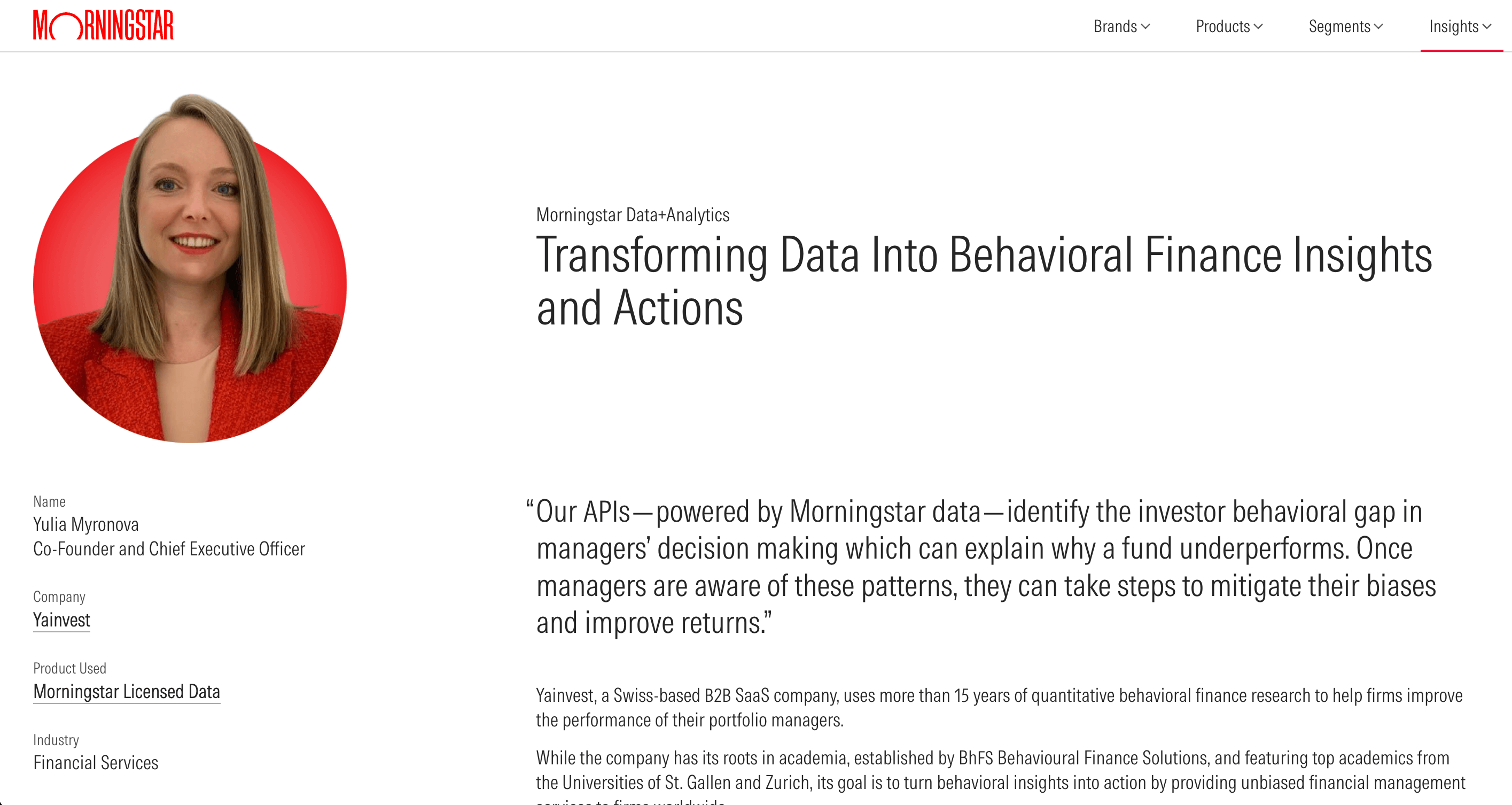Adopting Behavioral Finance in Investment Management
Financial institutions are increasingly being pushed to tailor their offerings and services to the individual needs of their clients. Behavioral finance (BF) aids in assessing clients’ needs and decision-making processes. It proposes that human biases can cause irrationalities in investment behaviors. Incorporating this concept into an investment approach allows institutions to diverge from traditional approaches and ultimately aims at improving financial health and client satisfaction.
What does BF mean for Investment Management?
Investment management offerings are increasingly diverging into two categories. The first comprises standardized offerings fostered by increasing regulation, such as the Markets in Financial Instruments Directive (MiFID) and Markets in Financial Instruments Regulation (MiFIR), and the additional cost burden these place on financial institutions. The second category consists of highly tailored services centered around data-driven personalization.
Since standardized offerings provide little opportunity for differentiation in the marketplace, financial institutions looking for competitive advantage would do well to focus on tailoring their services and products to the very specific needs of individual customers.
But, to do that, they must know what makes their customers tick. This is why more and more financial institutions are turning to behavioral finance to help them better understand the hidden psychological motivators that can lead to suboptimal investment decisions and negatively impact the customer relationship. These are factors that most traditional investment approaches do not consider.
On the other hand, by using behavioral finance to explore an individual investor’s ’personality “‘traits”‘ and cognitive biases, relationship managers can cater to their customers’ needs and specific requirements much more precisely. This enables financial services providers to (re)shape their service model to make it ever more relevant to their customers, creating differentiation in the process.
Read here the full Viewpoint by Florian Forst, Matthias Runte, Alina Simon

Read more Insights & News

Hatcher+ Blog / Hatcher+ and Yainvest Partner to Bring AI Behavioral Finance Analytics to FAAST®
Singapore, Switzerland, [6, Oct 2025] — Hatcher+, a global leader in AI-driven fund management technology, today announced a strategic partnership with Yainvest, a Swiss-based innovator in behavioral finance analytics. This collaboration will integrate Yainvest's advanced Investor Behavior Impact (IBI)™ tool into the Hatcher+ FAAST® (Funds-as-a-Service Technology) platform, delivering groundbreaking insights into investor decision-making and portfolio performance.

Yulia Myronova

Transforming Data Into Behavioral Finance Insights and Actions
Yainvest, a Swiss-based B2B SaaS company, uses more than 15 years of quantitative behavioral finance research to help firms improve the performance of their portfolio managers. While the company has its roots in academia, established by BhFS Behavioural Finance Solutions, and featuring top academics from the Universities of St. Gallen and Zurich, its goal is to turn behavioral insights into action by providing unbiased financial management services to firms worldwide.







